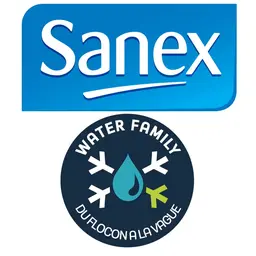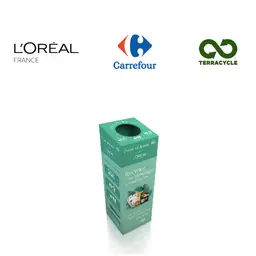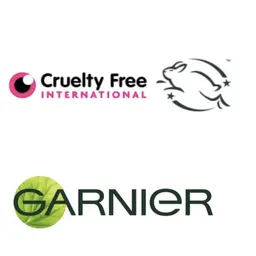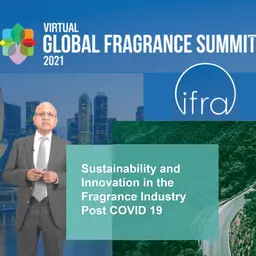
Recyclability, biodegradability, compostability, carbon footprint, reuse… the packaging of a cosmetic product can no longer be thought of without taking into account its environmental impact. But making the right choice is a real challenge, as there are so many (and sometimes contradictory) criteria and some (false) good ideas still have a hard time… During the Cosmébio Ingredients and Packaging meetings held on 26 and 27 October 2022, Marie Devaux, manager of BR Conditionnement, gave the elements to reduce the impacts of the pack!
When Marie Devaux took over the family business in 2014, this zero-waste enthusiast and bulk addict had one objective: to steer it towards more eco-responsible approaches, and only on the organic market. And it is with this experience that she can now analyse the most relevant criteria for choosing the most eco-responsible pack possible.
Combating preconceived ideas
The virtue of glass vs. plastic and cardboard
We instinctively think that glass is the eco-responsible pack par excellence because it can be recycled ad infinitum. However, when we carry out life cycle analyses, we quickly realise that for the same capacity, it emits much more CO2 than plastic or cardboard.
For example, a study by Bio Intelligence carried out in 2008 on behalf of Tetra pack, based on five criteria (global warming, consumption of non-renewable energy, consumption of non-renewable resources, air acidification and eutrophication) and taking into account four stages of the life cycle (manufacture of packaging materials, filling and packaging, distribution, end of life) measured CO2 emissions, which it established, for a one-litre capacity, at :
• 87 g for cardboard
• 129 g for plastic
• 345 g for glass
The value of compostability and biodegradability of plastics
Biodegradability is …













